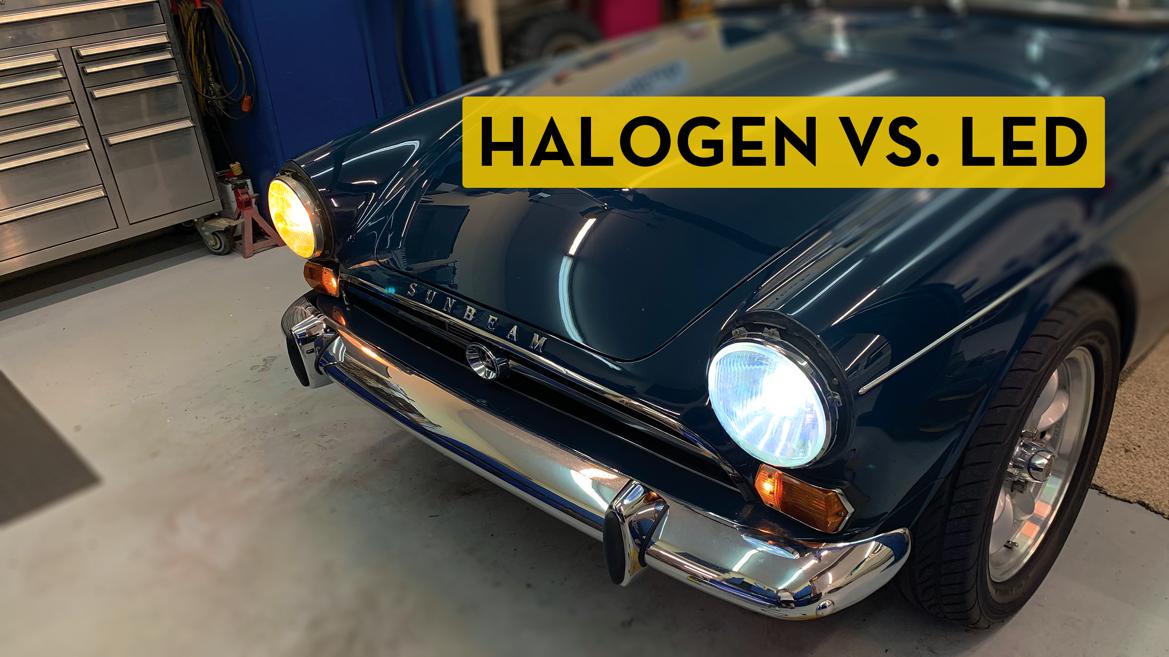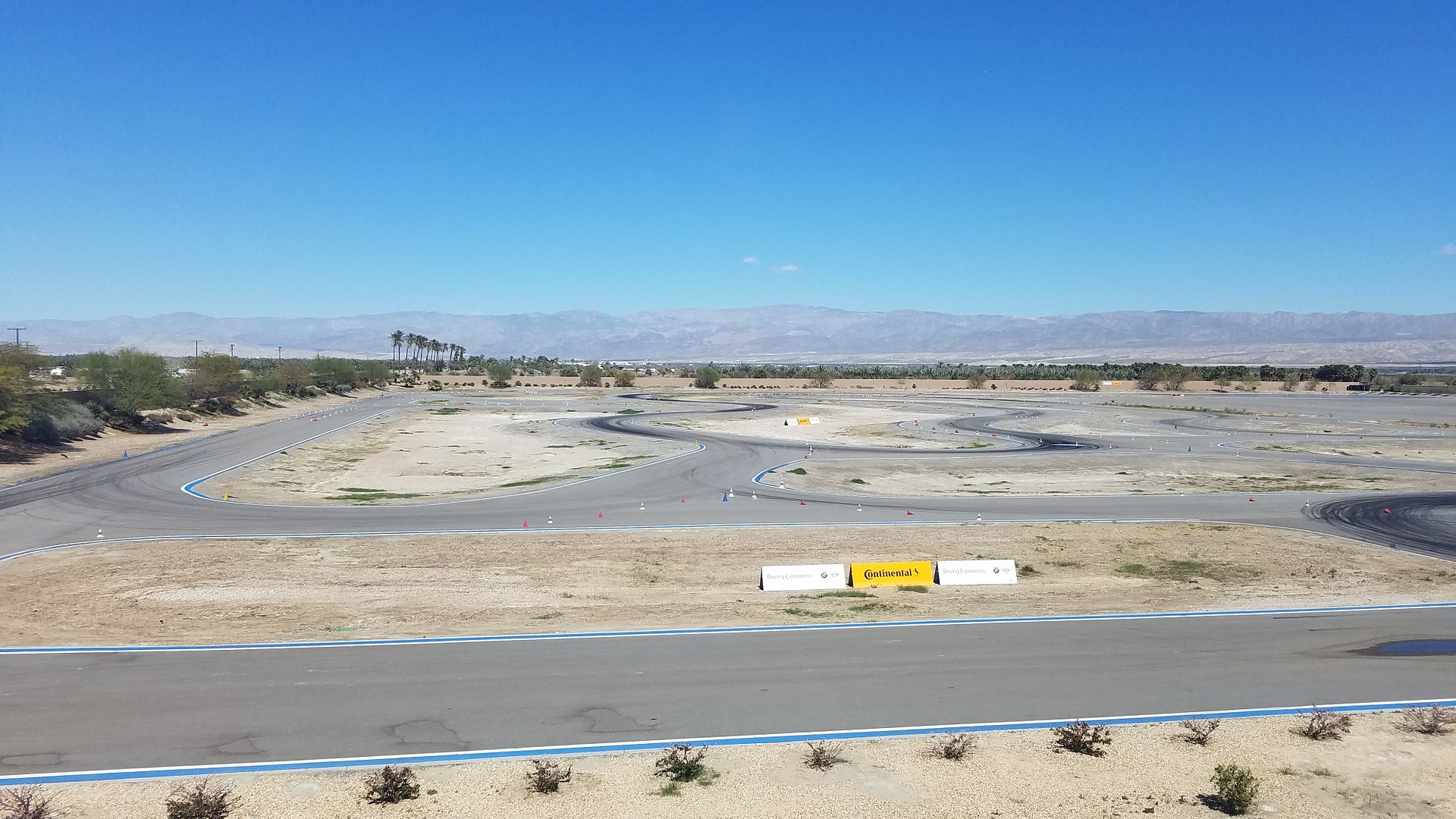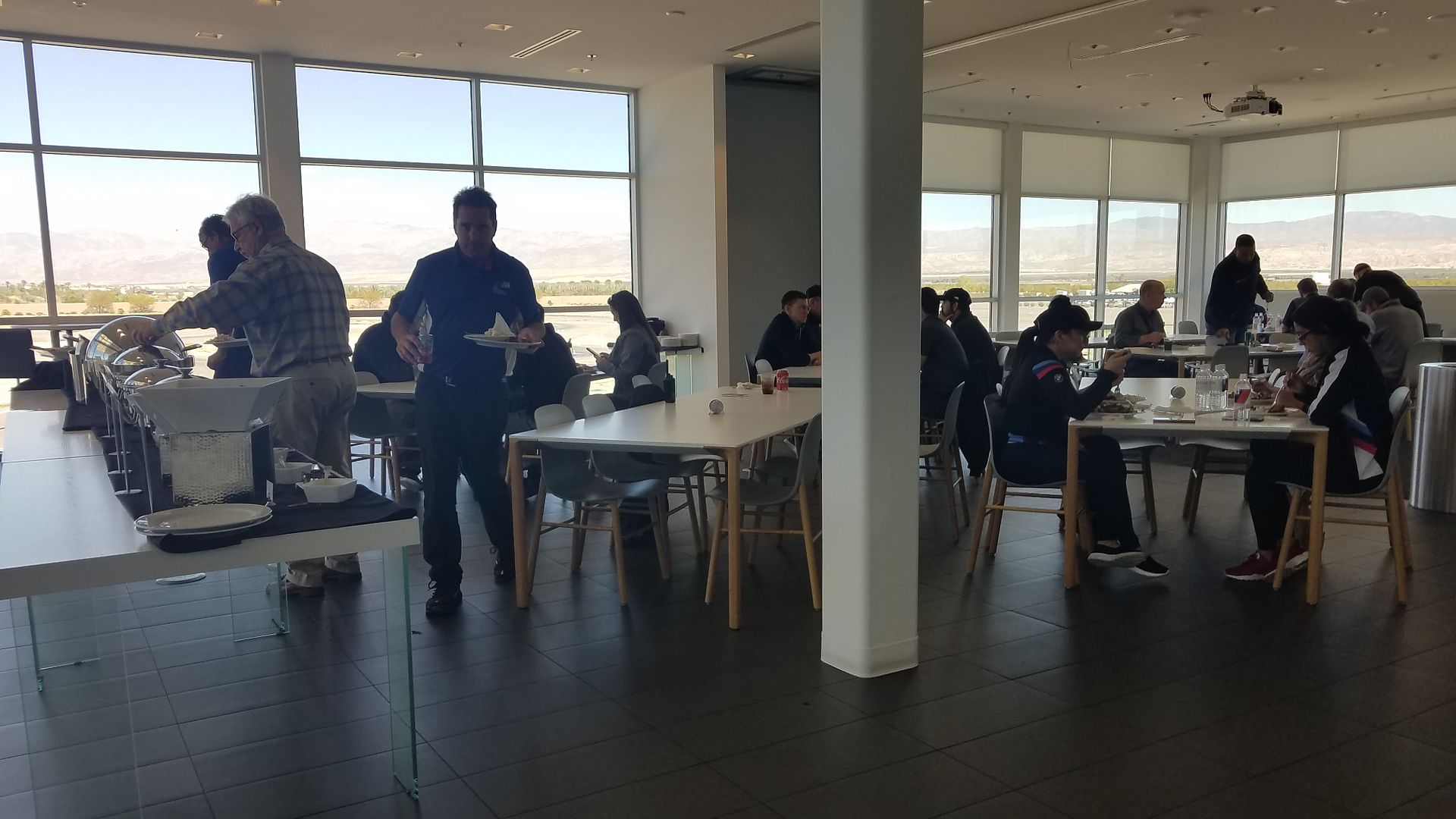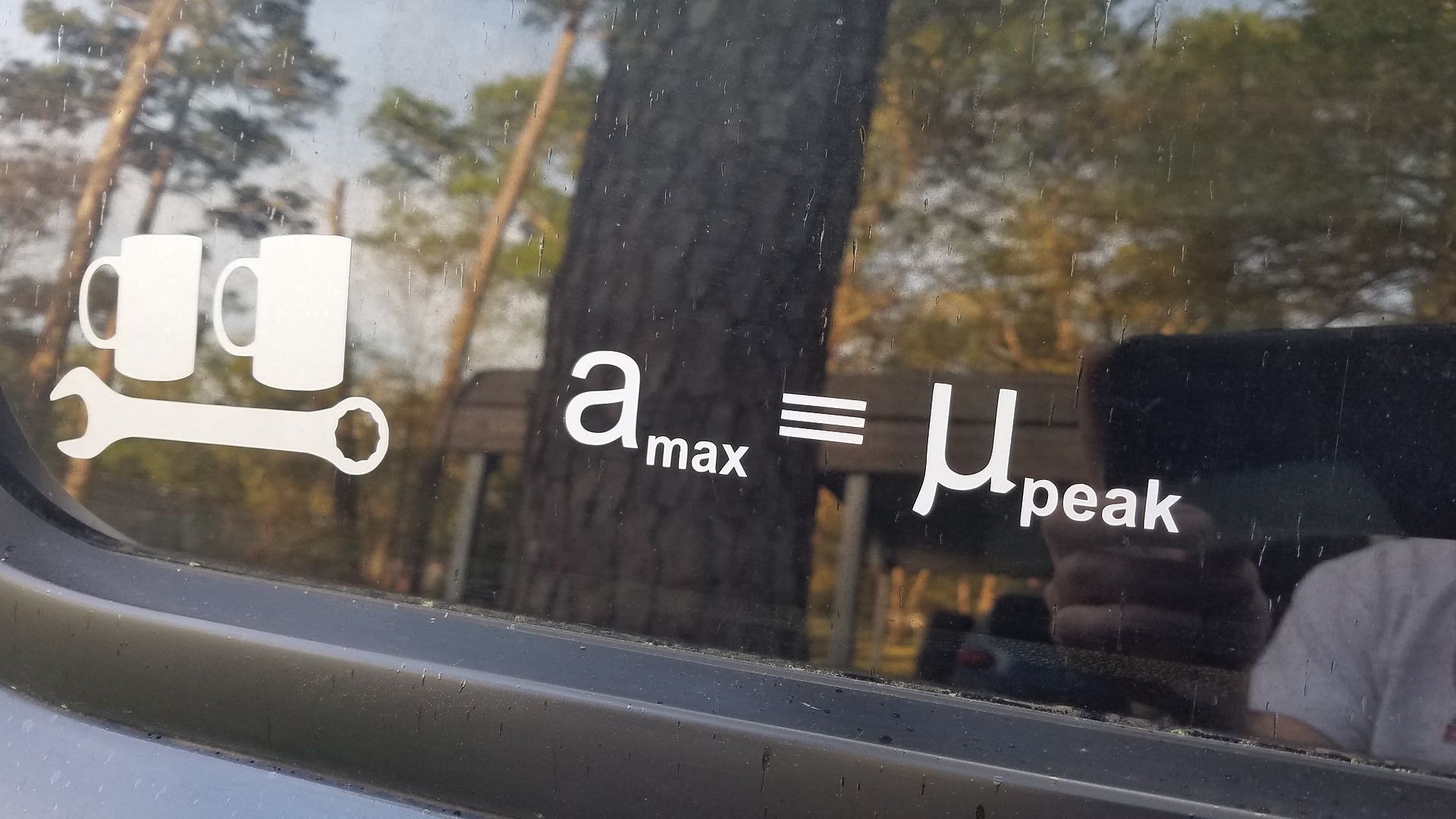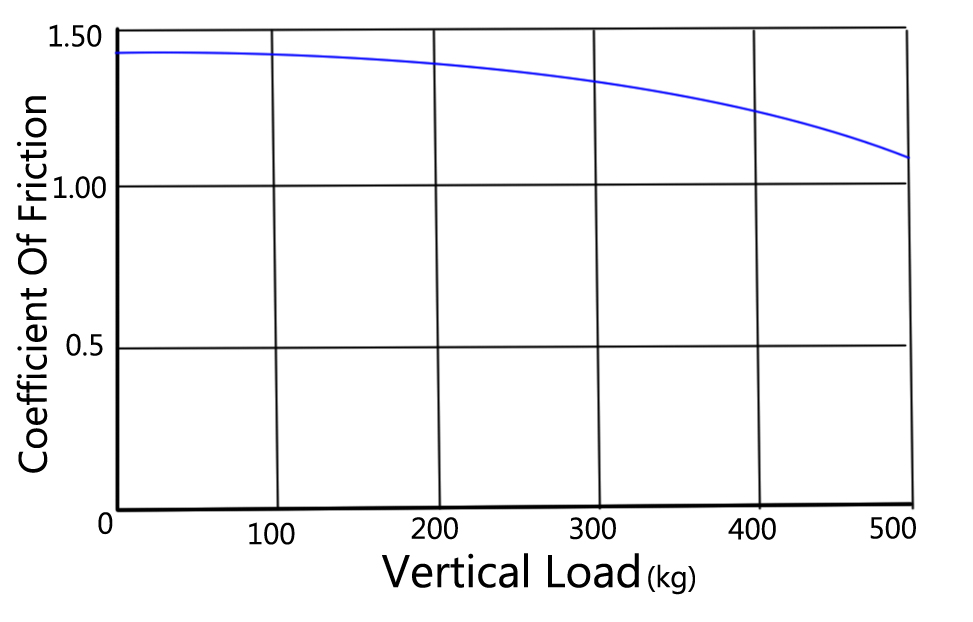In reply to AngryCorvair :
I can't stress the difference between knowing something and having someone competent teach it to you. I did know this stuff, but that doesn't mean I knew it in a way that let me apply it to what I was doing. Now I do. At least some of it.
This is a good time to point out that if this course was just three days in the classroom, it would have been a smidge lame. Not because the information was bad, but because we would have just had to trust what the instructors told us. More than once I crossed my arms and wrinkled my face in an "I don't know......" expression. But then we went outside and got in someone else's cars on tires we didn't buy. As anyone who has ever taken a materials engineering course will tell you, learning about elastic and plastic deformation is interesting, but clamping a piece of steel into a test rig and breaking it is the real magic.
When you arrive at the BMW Performance Center your eyes are immediately drawn to M cars.
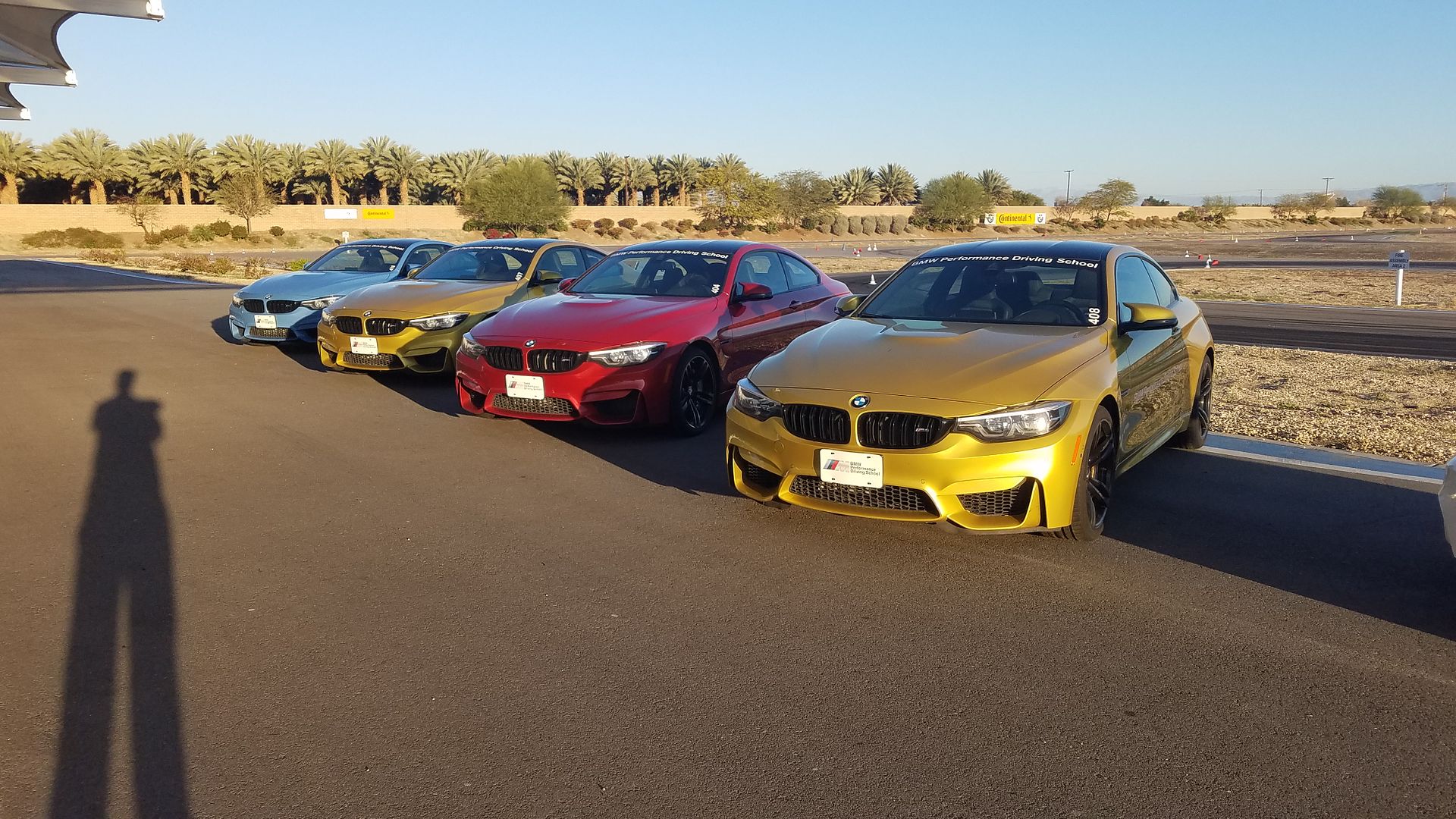
And more M cars.
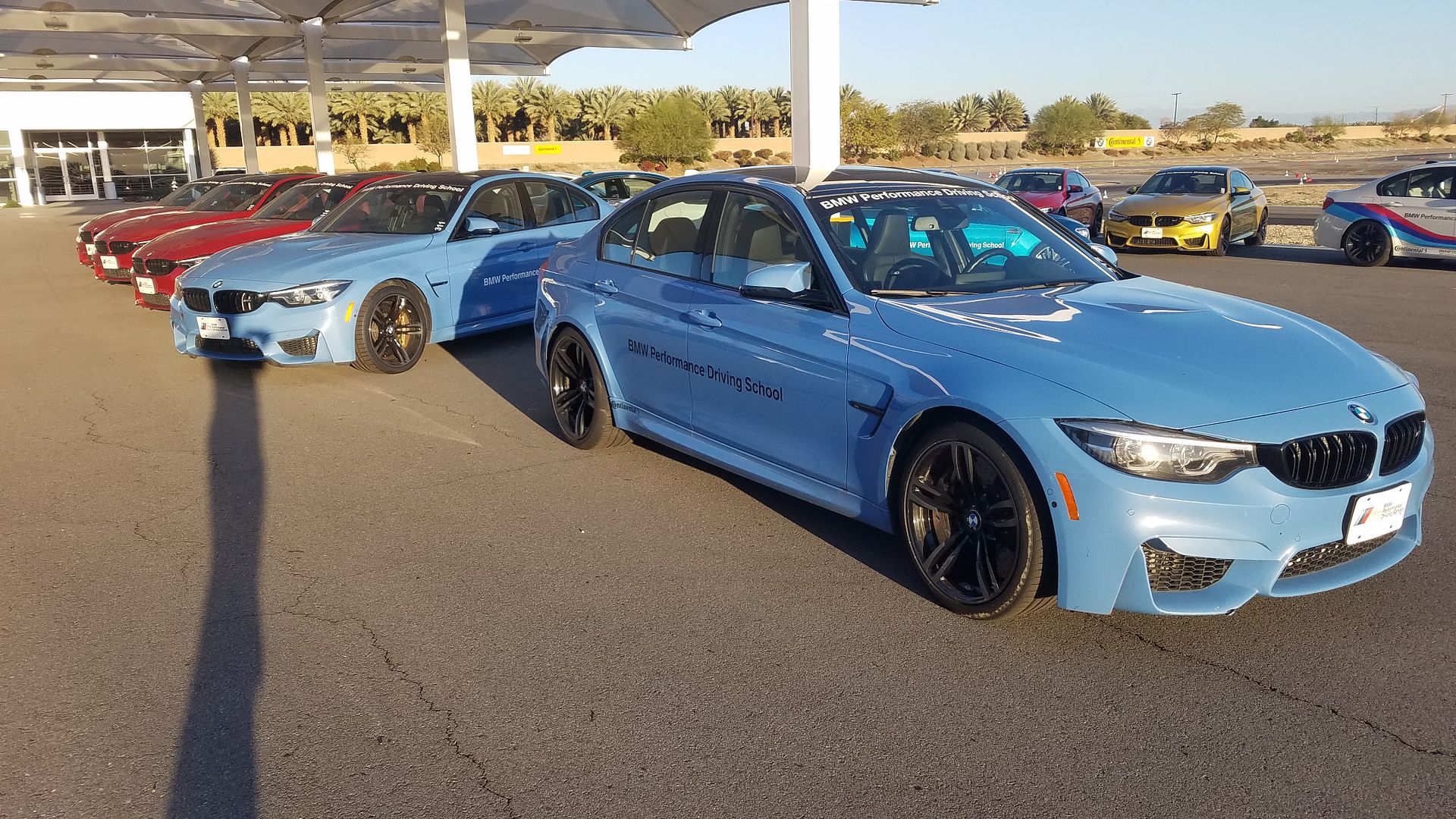
And then a group of 340s. Those are ours. 
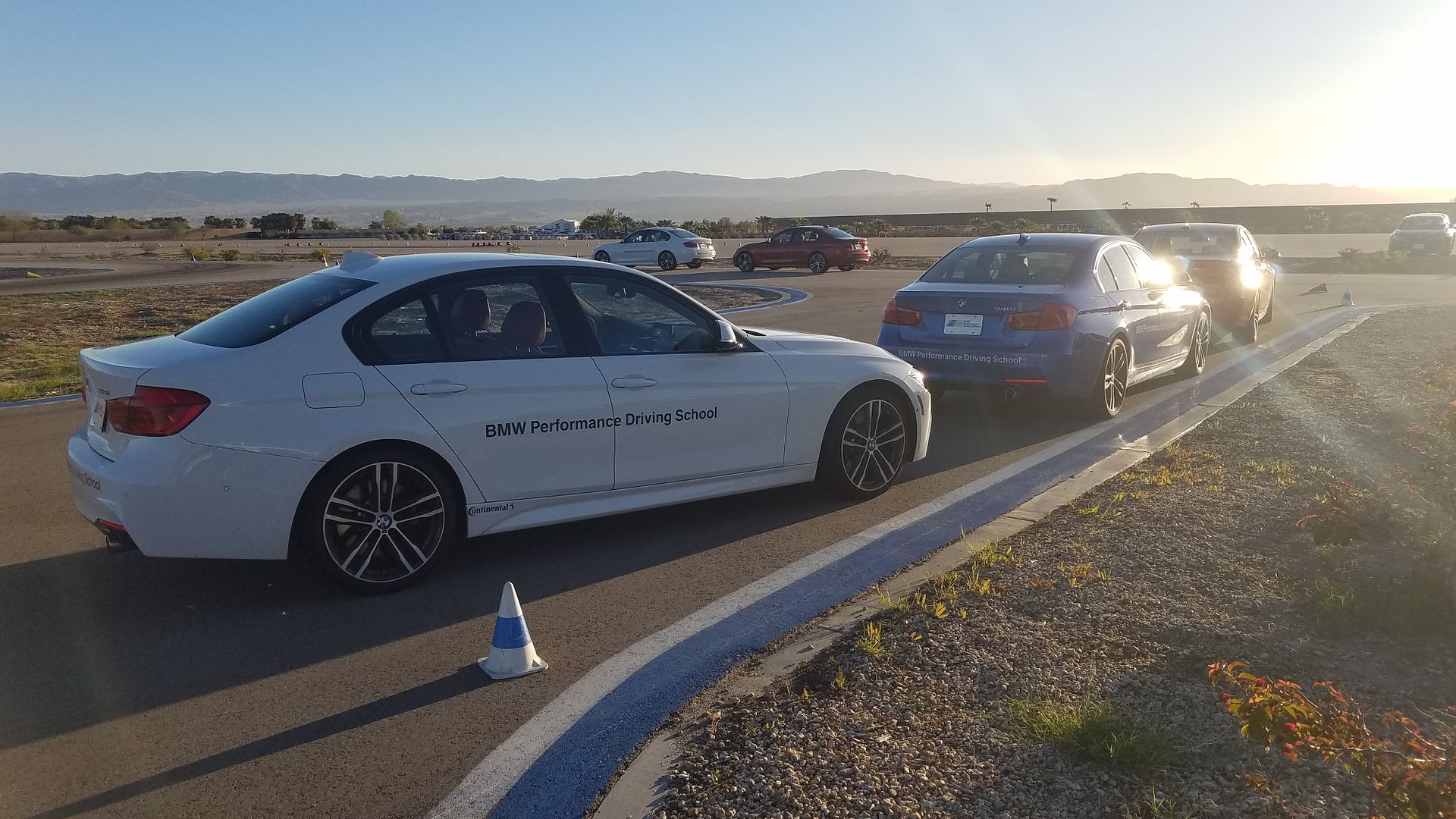
No matter, driving cars that belong to someone else is always fun. In relation to braking at the friction circle and the fact that all of this is dynamic, we did a suuuuuuper cool exercise. They pulled the ABS fuse because ABS is for weenies and simply works too well for us to test a lot of things. We went out to the skid pad which has a diamond polished surface, very low mu, super fun. We brought the car up to speed, on the hairy edge of grip, and then did one of two things. We either stabbed the brakes, or we gently but firmly applied them. Because BMW builds such a sublime almost neutral car, we had two different responses.
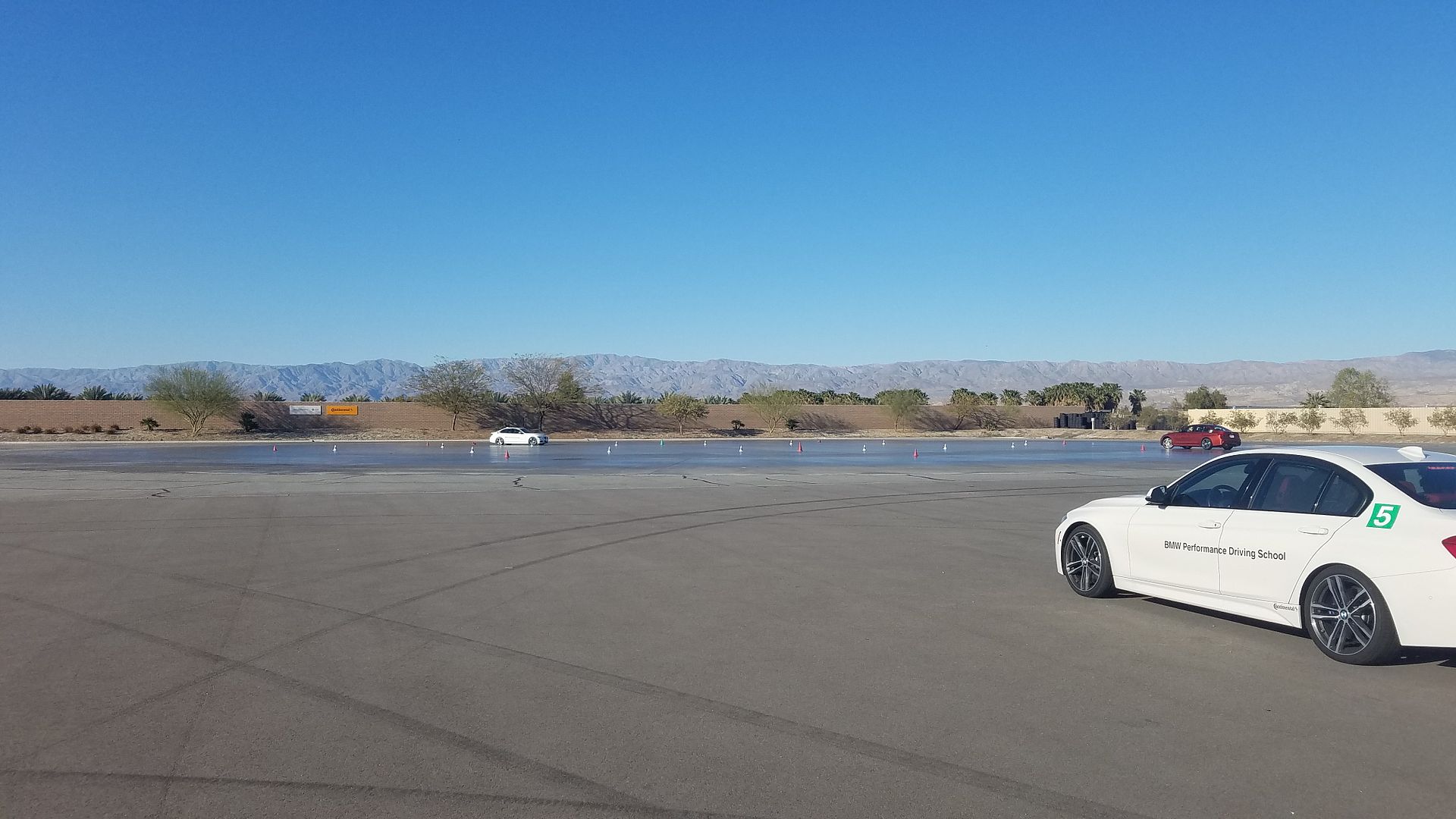
The car is close to neutral so the front and rear axle were both near saturation from a lateral grip standpoint. Adding longitudinal force always takes away your ability to have lateral force. Stabbing the brake saturated the front grip before the weight could transfer, locked the fronts, and we sailed off in understeer hell. Applying the brakes firmly but gently allowed the weight to transfer, loaded the front, unloaded the rear, and we saturated rear lateral grip and spun the car. Brake bias plays into this too, probably heavily enough that AngryCorvair is going to step in and correct me about the dynamics. The end point though is that how you apply the brakes, and the rate of weight transfer has dramatic effects on the outcome.
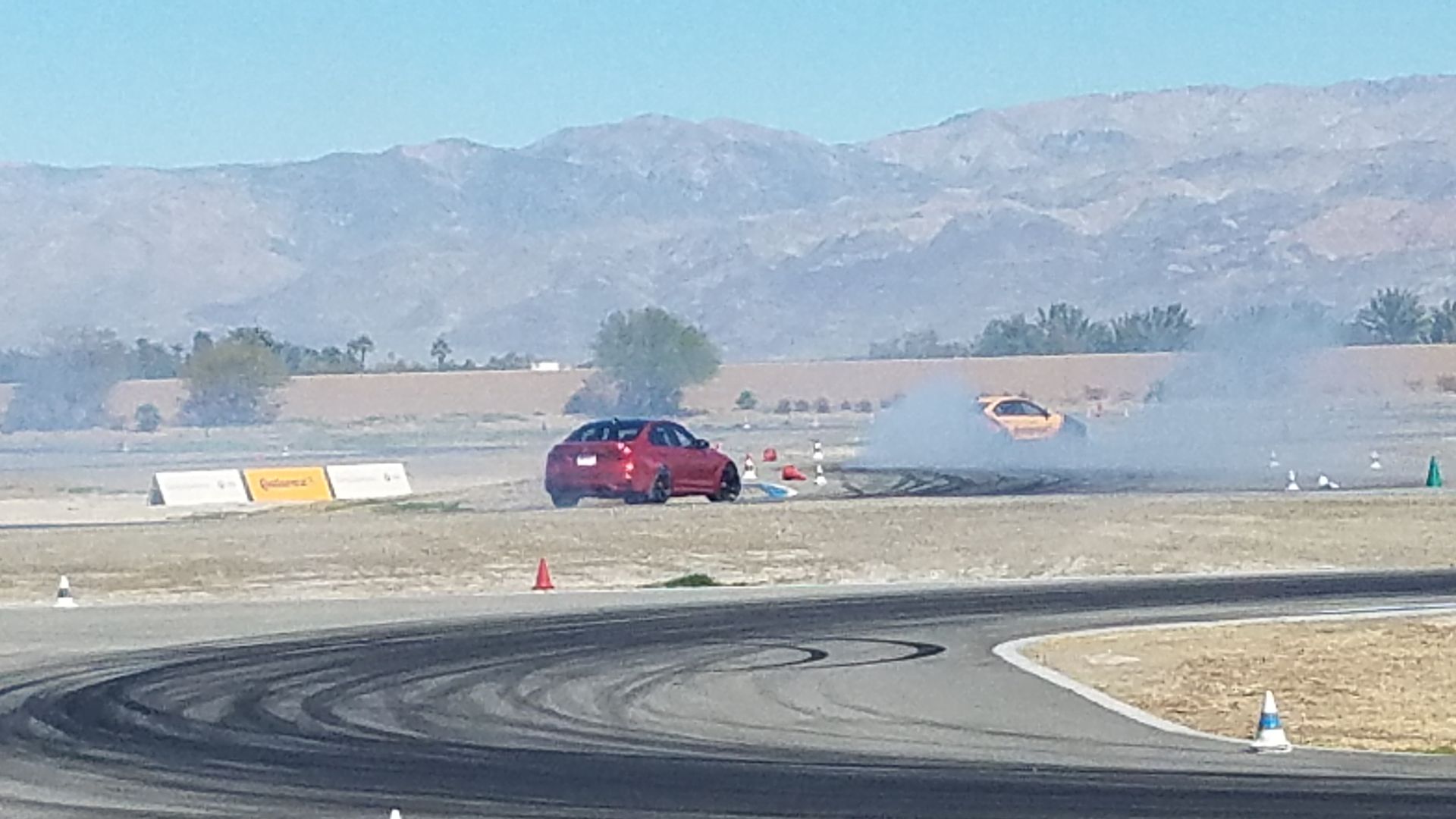
This was reinforced by both of the BMW instructors over the course of the class. One of them commented that he sees more problems with ESC interference and spinning when it's turned off because of brake release than brake application. And second, after the drift session we talked to the other instructor about why he initiated corners with a flick. He said that he could also do it with trail braking but he found that trail braking had a lot of variables with the tires and speeds and surfaces and it wasn't as reliable as a flick. This whole exercise answered some of the whys I had as to "why do I sometimes suck at trail braking" and gives me some things to try to make it more consistent. I always try to get my autocross students to listen to the car and this is something I'd been feeling but had no context with which to apply it. Now I do. That makes me happy.


